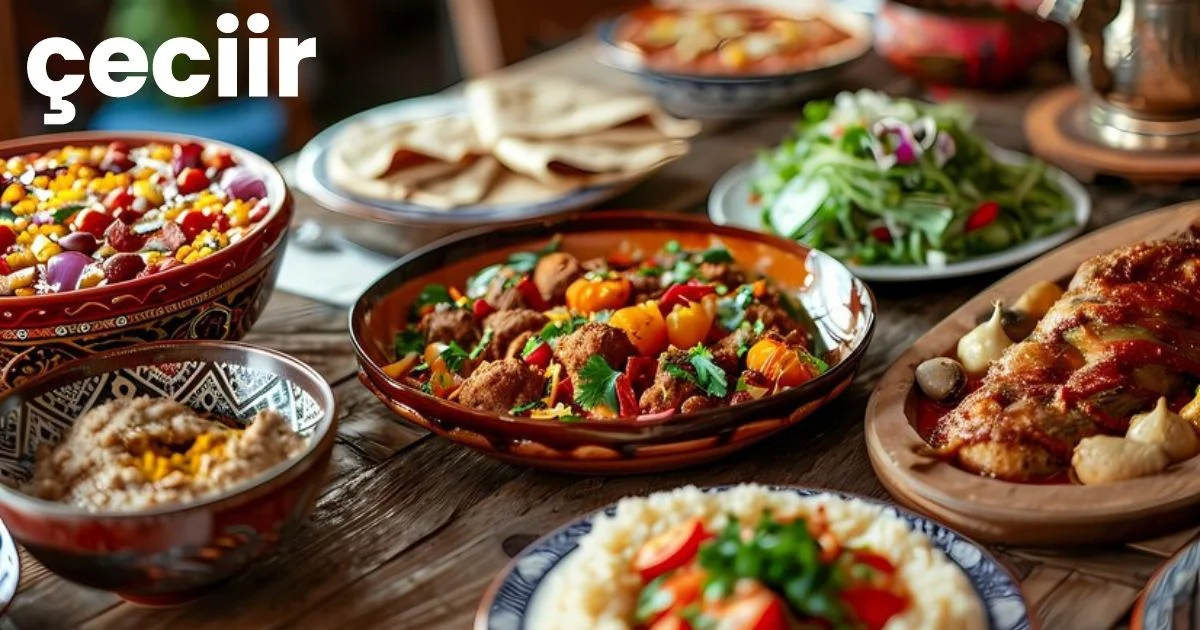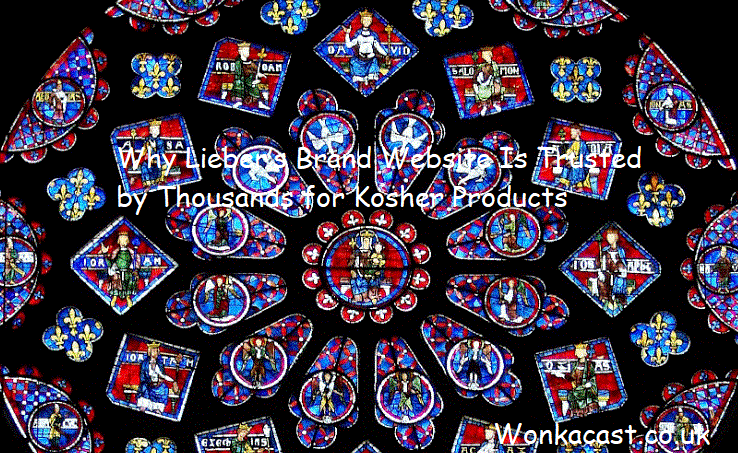Introduction
In the ever-evolving landscape of cultural diversity, Çeciir stands out as a unique and fascinating concept. Whether you’re hearing about it for the first time or you’ve come across the term in various cultural contexts, understanding the significance of Çeciir is vital. Its deep roots in history, combined with its modern-day relevance, make it an intriguing topic that touches upon various aspects of life, art, and tradition.
This blog will take you on an extensive journey through Çeciir, uncovering its origins, cultural importance, and how it continues to shape contemporary society. We will delve into its historical background, the communities that honor it, and its impact on global culture. By the end of this article, you will have a clear understanding of why Çeciir remains a powerful symbol in various regions and how it continues to resonate today.
What is Çeciir?
Çeciir is a term that represents a cultural and symbolic concept, often tied to traditional practices, rituals, and beliefs in specific communities. It has historical roots in certain regions and has grown to encompass a wide range of meanings in different contexts. From its early beginnings to its current interpretations, Çeciir has evolved, taking on new significance as it spreads globally.
Historically, Çeciir represented a tradition of communal gathering, where people shared stories, wisdom, and cultural practices. It was a way of preserving history and passing on knowledge to future generations. Over time, Çeciir became more than just a practice; it evolved into a symbol of unity, identity, and continuity for the cultures that embraced it.
The Historical Roots of Çeciir
The origins of Çeciir can be traced back centuries to ancient civilizations where communal gatherings played a critical role in the survival and thriving of societies. Communities would come together to discuss important matters, celebrate milestones, and engage in cultural practices. These gatherings were more than just social events—they were opportunities for education, leadership, and the preservation of traditions.
In ancient times, Çeciir was an essential practice, particularly in rural and tribal communities, where storytelling, dance, music, and rituals were integral to cultural continuity. It was not only about entertainment but also about ensuring that the younger generations understood the values, beliefs, and history of their ancestors.
Çeciir in Modern Society
Although Çeciir has ancient roots, it has not faded into obscurity. In fact, its modern interpretation has grown and expanded, incorporating elements of contemporary life while maintaining its original essence. Today, Çeciir is seen in various forms, from festivals and cultural events to digital communities where people come together to share stories, traditions, and practices.
One of the most prominent ways that Çeciir manifests today is through festivals that celebrate cultural heritage. These events serve as modern-day gatherings where music, art, food, and traditional practices are showcased to a broader audience. By participating in these events, people not only honor their past but also introduce new generations to the rich traditions of Çeciir.
In digital spaces, Çeciir has also taken on new forms. Online platforms allow people from different backgrounds to connect, share stories, and engage in discussions about cultural practices. This shift has helped Çeciir transcend geographical boundaries, allowing it to become a global phenomenon that fosters unity and cultural exchange.
Cultural Significance of Çeciir
The cultural significance of Çeciir lies in its ability to foster a sense of belonging and continuity. For communities that practice it, Çeciir is more than just a tradition—it’s a lifeline that connects past, present, and future generations. It allows people to hold on to their roots while adapting to modern realities.
In many cultures, Çeciir is also a form of resistance. As globalization and modernization threaten to erase traditional practices, Çeciir serves as a way to preserve cultural identity and resist assimilation into a homogenized global culture. By practicing Çeciir, communities assert their uniqueness and protect their traditions from being lost or diluted.
Moreover, Çeciir acts as a bridge between different cultures. While it has specific roots in particular communities, its values of sharing, unity, and continuity are universal. This makes Çeciir a practice that can be appreciated and respected by people from diverse backgrounds.
The Role of Storytelling in Çeciir
One of the key elements of Çeciir is storytelling. Storytelling has always been a central component of how communities pass down knowledge, history, and moral values. In the context of Çeciir, storytelling goes beyond mere entertainment; it serves as a method of education, teaching younger generations about their heritage, the lessons of their ancestors, and the importance of communal bonds.
Stories shared during Çeciir often contain lessons about resilience, bravery, morality, and wisdom. These stories not only reflect the values of the community but also act as a means of preserving the language and idiomatic expressions unique to that culture.
In today’s world, storytelling as part of Çeciir has expanded into different mediums. From books and theater to films and social media, the art of storytelling continues to be a powerful tool for passing on the spirit of Çeciir.
The Global Impact of Çeciir
In recent years, Çeciir has gained international recognition, with cultural festivals, global art exhibitions, and collaborative digital projects highlighting its influence. This global reach has helped different cultures appreciate the beauty and value of Çeciir, as well as its ability to foster inclusivity and respect for diverse traditions.
For example, international festivals centered on cultural heritage have adopted Çeciir-inspired themes, encouraging cross-cultural exchange and understanding. At these festivals, individuals from different parts of the world gather to share their own versions of Çeciir, thus contributing to a global dialogue on heritage and identity.
The Role of Music and Dance in Çeciir
Music and dance are integral components of Çeciir, serving not only as forms of entertainment but also as methods of expression and connection. In traditional Çeciir gatherings, music and dance are often used to celebrate important events, such as weddings, harvests, or religious ceremonies.
The rhythms, melodies, and movements in these performances are often deeply symbolic, representing the heartbeat of the community and its connection to nature, the spiritual world, and its ancestors. Music and dance serve as a way for people to come together, whether in joy or reflection, and create shared memories that strengthen communal bonds.
Modern interpretations of Çeciir have introduced new musical styles and dance forms, blending traditional elements with contemporary influences. This has allowed Çeciir to remain relevant in today’s cultural landscape while honoring its roots.
Çeciir and the Preservation of Language
Another important aspect of Çeciir is its role in preserving language. For many communities, the practice of Çeciir is closely tied to their native language, with traditional stories, songs, and rituals being passed down orally. In this way, Çeciir acts as a safeguard for linguistic diversity, ensuring that indigenous and minority languages are not lost to time.
Language preservation through Çeciir is especially important in a world where many languages are endangered. By keeping these languages alive through storytelling, songs, and other cultural practices, communities can maintain their linguistic heritage and continue to express their unique identity.
Conclusion
In conclusion, Çeciir is a powerful and enduring cultural practice that continues to shape the identities of communities worldwide. From its historical roots in ancient gatherings to its modern-day expression through festivals, digital spaces, and global events, Çeciir remains a symbol of unity, tradition, and resilience.
As the world becomes more interconnected, the value of cultural preservation through practices like Çeciir becomes increasingly important. Whether it’s through storytelling, music, or community engagement, Çeciir offers a way for individuals to connect with their heritage while embracing the diversity of global cultures.
By celebrating Çeciir and recognizing its significance, we can foster a deeper understanding of the rich cultural tapestry that makes our world so vibrant. Let us continue to honor the spirit of Çeciir by passing on its traditions and embracing its universal values of unity, continuity, and cultural exchange.
FAQs for Çeciir
1. What is Çeciir?
Çeciir is a cultural tradition deeply rooted in history, symbolizing community gathering, storytelling, and the preservation of cultural heritage. It plays a significant role in passing down traditions and values through generations.
2. What is the significance of storytelling in Çeciir?
Storytelling is at the heart of Çeciir. It serves as a way for communities to educate younger generations about their heritage, moral values, and the lessons of their ancestors, preserving both cultural knowledge and language.
3. How is Çeciir celebrated today?
In modern society, Çeciir is celebrated through festivals, cultural events, and online platforms. These gatherings promote unity, cultural exchange, and the preservation of traditions, with storytelling, music, and dance at the core of the celebrations.
4. What role does music and dance play in Çeciir?
Music and dance are vital components of Çeciir, used to express communal bonds, celebrate significant events, and connect with ancestral traditions. They bring people together and are often symbolic of the community’s shared values.
5. Why is Çeciir important for cultural preservation?
Çeciir helps preserve cultural identity, language, and traditions in a rapidly globalizing world. It ensures that indigenous practices, languages, and stories continue to thrive, providing a link between past, present, and future generations.






